vivo X100 Ultra First Impressions: Is Blue Factory's First "Camera" Finally Here?
![]() 05/22 2024
05/22 2024
![]() 597
597
Finally, the annual imaging flagship from Blue Factory has arrived.
When the vivo X100 series was released last year, I always felt that Blue Factory had something up their sleeve. The peripheral configuration of the X100 Pro was indeed impressive, but it was far from meeting my standards for a "top-tier imaging flagship." As competitors successively introduced imaging flagships like the OPPO Find X7 Ultra, Xiaomi 14 Ultra, Huawei Pura 70 Ultra, and Honor Magic 6RSR, the vivo X100 Pro seemed a bit lacking.
Fortunately, vivo finally brought its first Ultra model in May - the vivo X100 Ultra. With this, all the imaging flagship models for 2024 have been gathered, and a new round of the imaging flagship battle has officially begun.
So, how does the vivo X100 Ultra, the one with the latest release date, perform overall? Don't worry, I'll take you through the experience now.
Appearance: Still sharp, eye-catching family design
Unsurprisingly, the vivo X100 Ultra continues to adopt the familial design that has been carried over from the X80 series, with the familiar Oreo-shaped circular camera module and two concentric circles that are tangent to each other. However, the amplitude of the circular tangency of the X100 Ultra seems to have undergone some new changes compared to previous models like the X100 and X100 Pro, giving the impression that the entire camera module is askew at first glance. Perhaps this is what is meant by "recognizability."
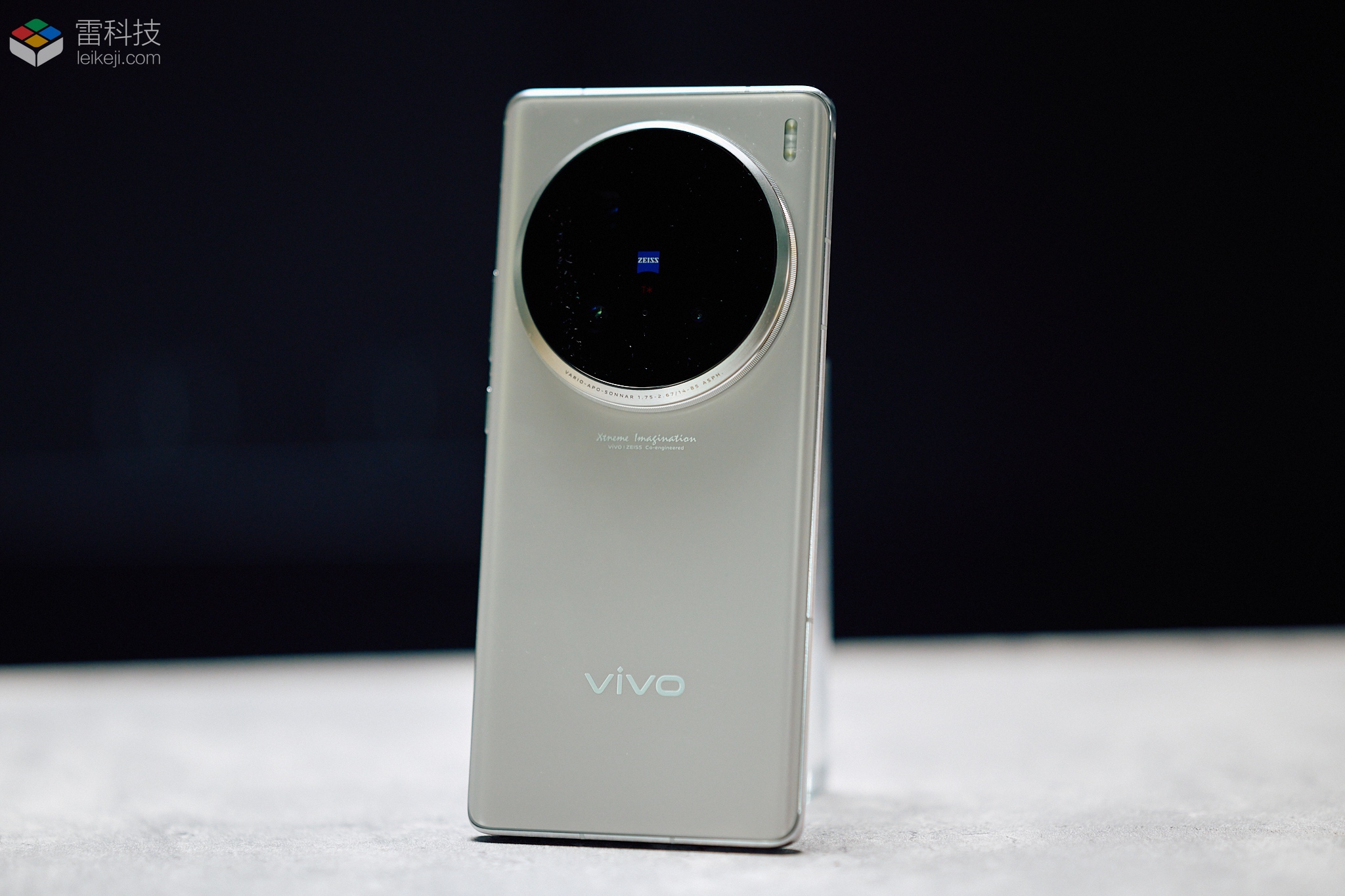
(Image source: Leitech Photography)
But let's be honest, the build quality of the X100 Ultra is excellent. Although the overall weight reaches 223g and the thickness is 9.23mm, the grip actually feels much better than expected. However, due to the oversized camera module, issues like top-heaviness are unavoidable. Therefore, for users who have not used this type of imaging flagship phone before, I would recommend trying it out offline first to avoid dissatisfaction with the grip after purchase.
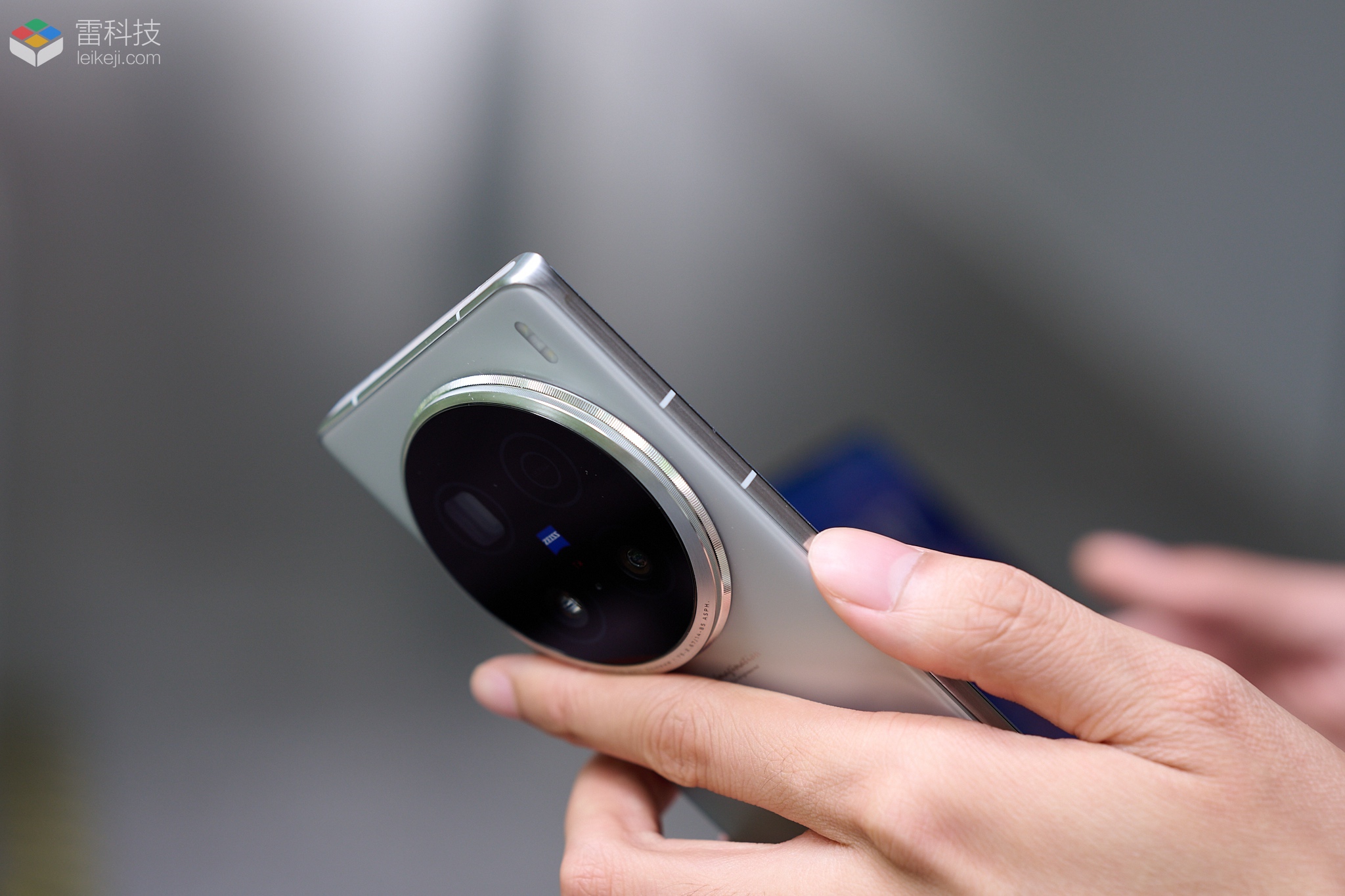
(Image source: Leitech Photography)
On the frame, vivo has also employed a brushed metal finish, which, combined with the original titanium color and glass back cover, gives the phone a more premium feel. However, the downside is that it makes the phone appear thicker. Additionally, upon closer inspection, one can notice that the frame of the vivo X100 Ultra features a subtle "embedded" design, which provides users with a better grip and better palm support when used without a case.
Here's a brief overview of other specifications: 6.78-inch, 517ppi, 1440Hz PWM full high-frequency dimming, Samsung 2K E7 ultra-color accuracy screen with hyper-touch, Snapdragon 8 Gen 3 processor, 5500mAh Blue Ocean battery, two-way satellite communication, single-point ultrasonic fingerprint, 80W wired flash charging, 30W wireless flash charging, IP69+IP68 dust and water resistance, large-size X-axis linear motor. In short, the vivo X100 Ultra comes with all the configurations expected of a flagship phone.
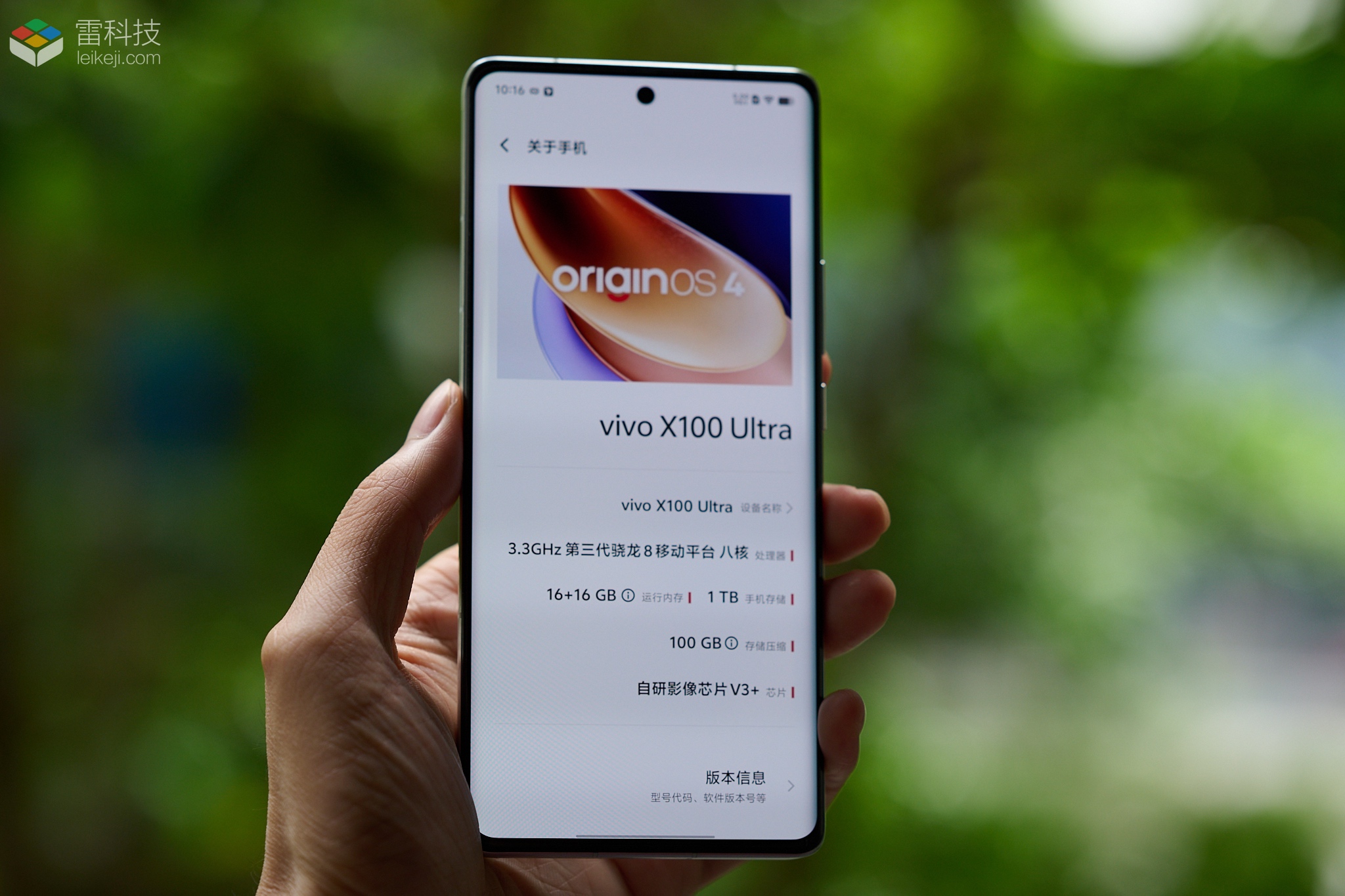
(Image source: Leitech Photography)
From the configuration and appearance, it's clear to see the positioning gap between the vivo X100 Pro and the vivo X100 Ultra. For daily use, the X100 Pro may be more suitable, but for imaging enthusiasts like me, the X100 Ultra is definitely a worthwhile purchase.
Imaging Monarch, How's the Hardware?
The reason why imaging flagships are called flagships is not only due to their better image quality but also because of their more comprehensive focal length configurations. The focal length configuration determines the subjects you can capture. For example, if you see a bird with particularly vivid feathers while visiting a park and want to capture it in your shot, if your focal length is not long enough, you can only capture its outline and miss out on any details.
The imaging combination of the vivo X100 Ultra can be considered one of the top in the industry. The main camera uses the familiar LYT-900 sensor, which combines a one-inch sensor with new technology to provide higher light intake and lower power consumption. There's no doubt about its performance, as it has already shown its true strength on the OPPO Find X7 Ultra and Xiaomi 14 Ultra.
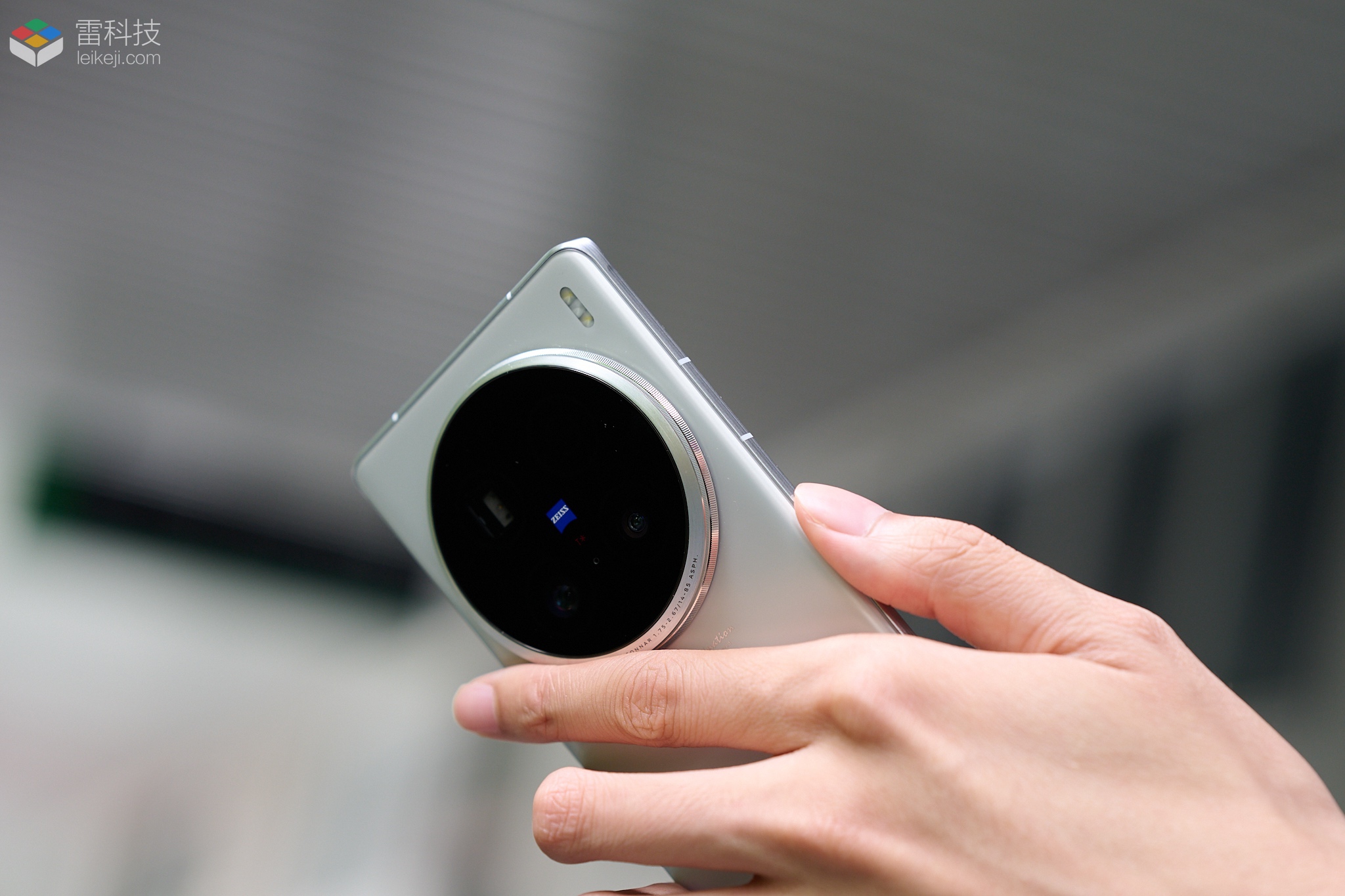
(Image source: Leitech Photography)
The telephoto lens is one of the trump cards of the vivo X100 Ultra. Its sensor is the HP-9 sensor jointly developed by vivo and Samsung, boasting 200 million pixels, a 1/1.4-inch sensor size, an F/2.67 aperture, the world's first fluorite-grade glass lens FCD100, and 4.5-axis image stabilization. Honestly, when I saw the specifications like fluorite-grade glass lens and 4.5-axis image stabilization, I thought I was looking at the specifications of a Nikon 400mm prime lens. It's the first time I've seen such professional parameters on a mobile phone lens.
As for the ultra-wide-angle lens, it may not be everyone's top priority, but vivo still provides excellent specifications with the LYT-600, 50 million pixels, F/2.2, and a 1/2-inch sensor size. Although the probability of using an ultra-wide-angle lens is relatively low, it's still a must-have.
As for the newly upgraded 50 million-pixel front camera, it doesn't really make much of a difference to straight male users like me, but since vivo has chosen to upgrade it, the sincerity is still visible.
In addition to the above configurations, the vivo X100 Ultra also incorporates a V3+ imaging chip. This chip not only provides more AI computing power, helping users achieve a "what you see is what you get" shooting experience at night, but it can also enhance algorithms like NR noise reduction and provide more targeted image quality optimization for the final captured images.
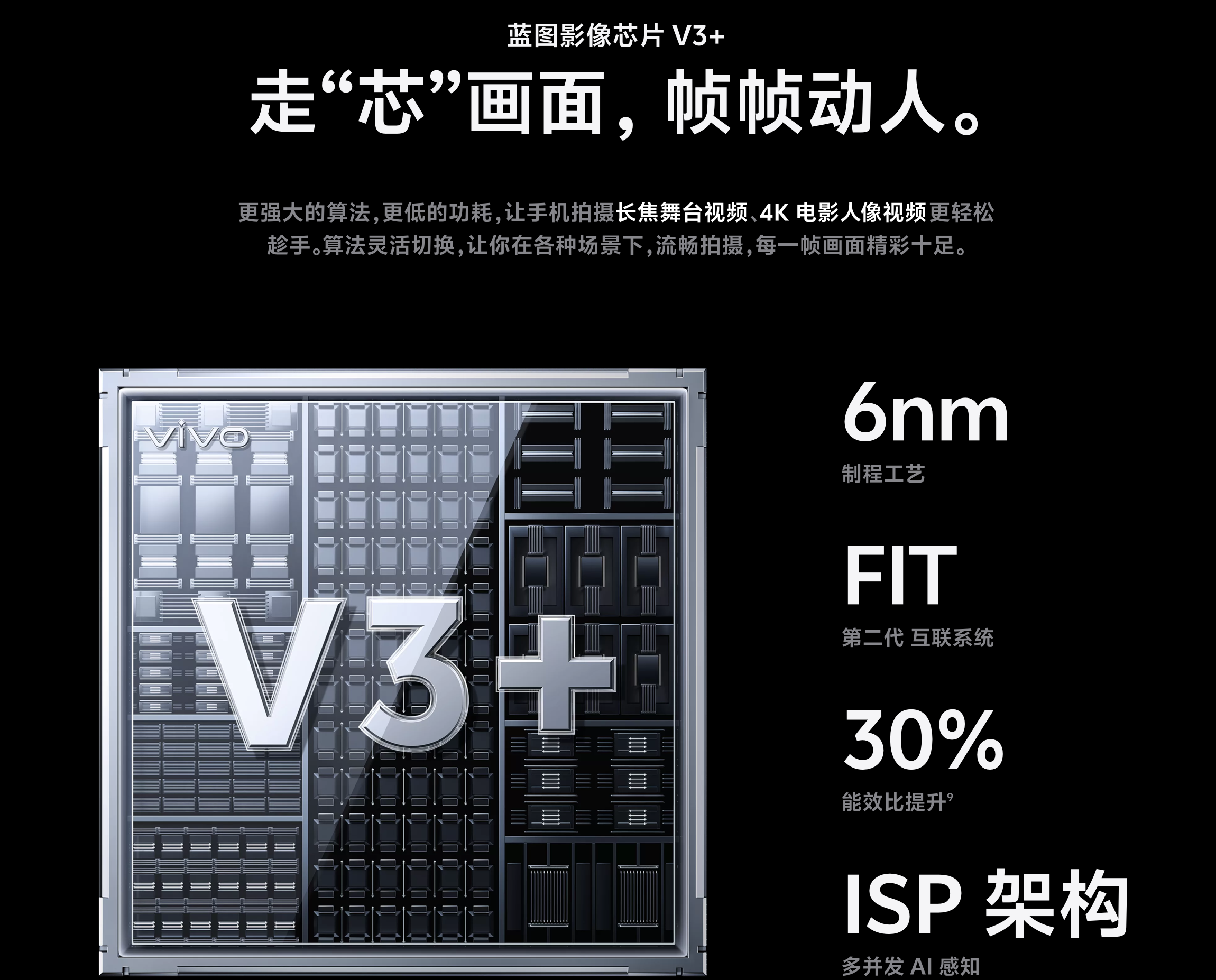
(Image source: vivo official website)
More importantly, the V3+ chip brings the strongest video recording capability on the Android segment to the X100 Ultra. According to vivo's official statement, it not only supports 4K 120fps high-frame-rate recording but can also seamlessly switch between the main camera and telephoto lens, resulting in a significant improvement in image quality and dynamic range compared to previous models. This also gives users more post-production space.
A "Camera" That Can Access the Internet?
During the launch event, vivo repeatedly promoted the X100 Ultra as a camera that can make calls because its specifications have almost reached the top of the mobile photography segment. However, those familiar with mobile photography know that unlike the traditional camera market, mobile photography is not simply about having stronger configurations for a better shooting experience. Manufacturers need to optimize and adjust the entire camera sensor accordingly.
In the field of mobile photography, hardware only sets the lower limit of mobile photography, while the upper limit is achieved through supporting algorithms. vivo naturally understands this principle and has attached great importance to its camera algorithms since the X80 series. They have achieved a good balance between realism and aesthetics, and since the X80 series, vivo has successfully shed the title of "saturation warrior" and successfully entered the T1 tier of the mobile imaging field.

(Image source: Leitech Photography)
Honestly, the imaging performance of the previously released vivo X100 Pro has already satisfied me greatly. Whether it's color, image quality, depth of field, stereoscopic feeling, or control of light and shadow, it has reached the top of the industry. But the vivo X100 Ultra has obviously taken it to the next level in these aspects.

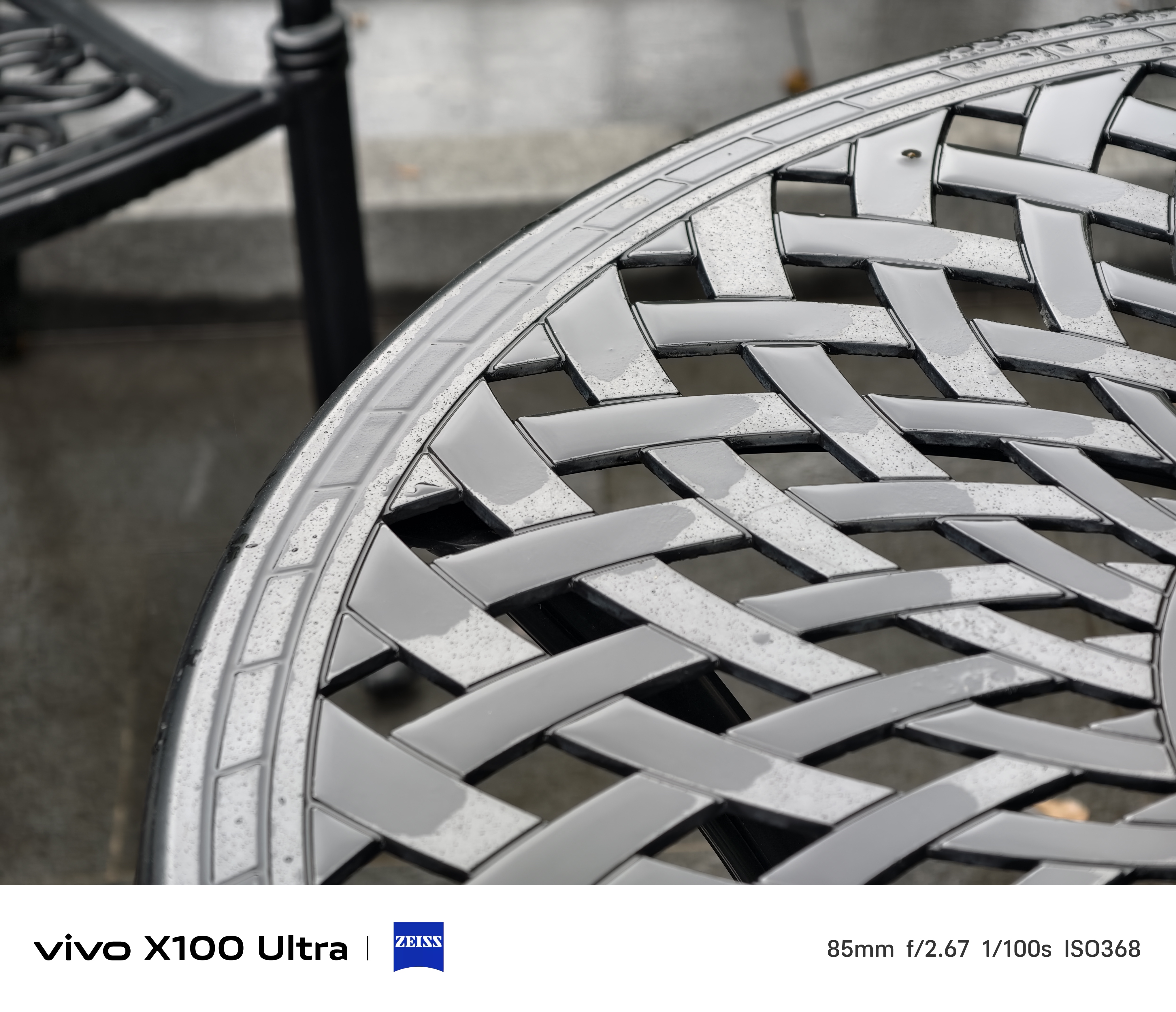
(Image source: Leitech Photography)
The weather in Guangzhou has been terrible these days, with heavy rain bringing poor lighting conditions. However, for a product like a phone that relies on algorithms and hardware for imaging, the problem doesn't seem as big as one might imagine. (Of course, photos will look much better under good lighting conditions.)
From the photos, it can be seen that the imaging quality of the main camera and telephoto lens of the vivo X100 Ultra is almost impeccable, and under the optimization of the algorithm, the overall color representation is also very pleasing and natural, without any feeling of overflow.
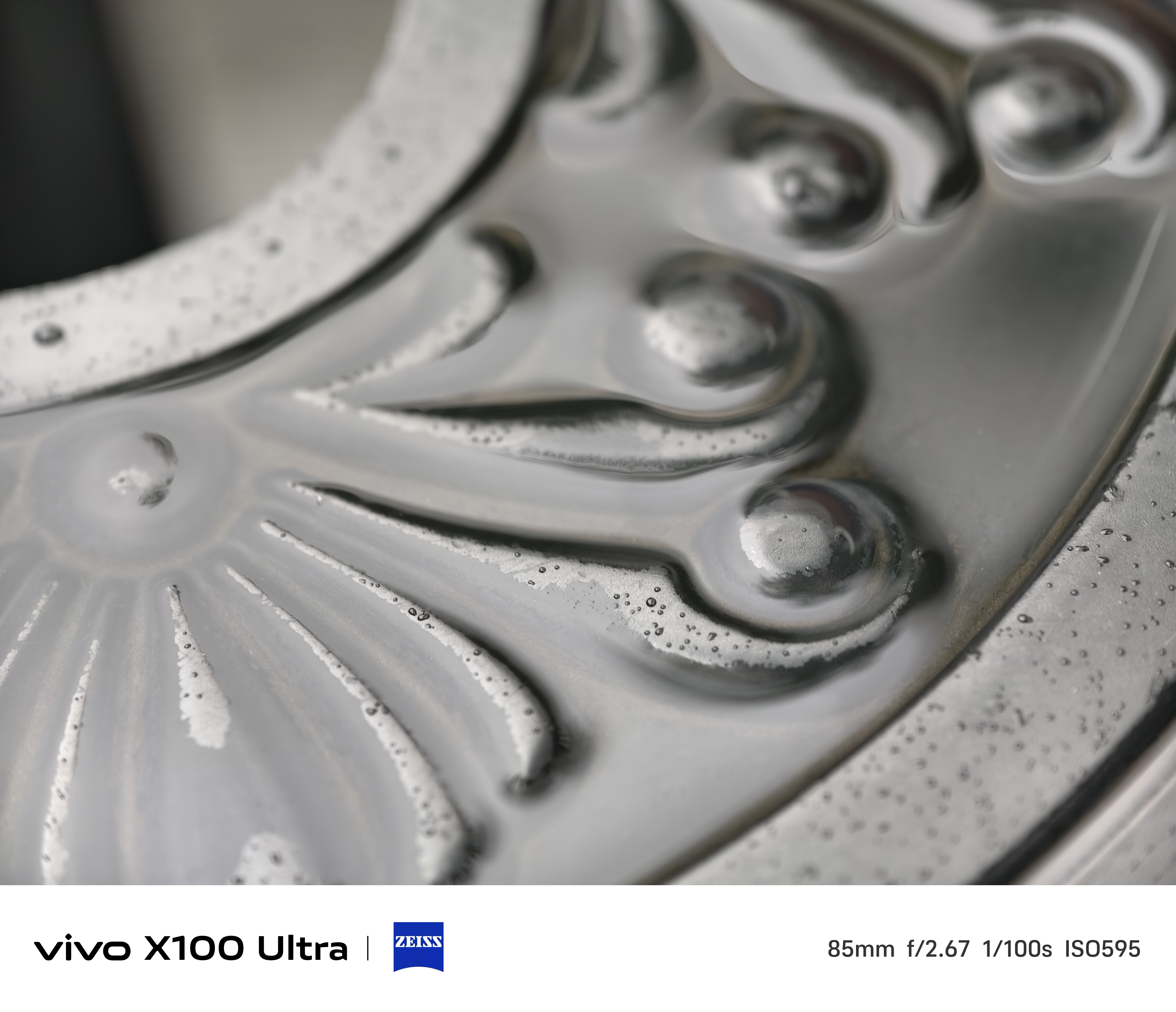

(Image source: Leitech Photography)
On the X100 Ultra, I once again encountered the "Humanistic Street Photography" mode, which I loved in the previous X100s review. For a detailed introduction to this feature, you can revisit the visual and textual review of the vivo X100s, so I won't go into details here.
After enabling the Humanistic Street Photography mode, it's clear that the overall brightness of the image has been lowered somewhat, and certain scenes will even carefully add vignetting to enhance the overall atmosphere. This is a common shooting technique in photography, demonstrating that vivo's photography team has truly put effort into the imaging experience of the X100 Ultra.

(Image source: Leitech Photography)
Of course, the most interesting feature is this 200-megapixel telephoto lens. vivo thoughtfully set its focal length to 85mm, which is more commonly used in daily life rather than 120mm, making it especially useful for capturing portraits and humanistic subjects.

(Image source: Leitech Photography)
Even more interestingly, this telephoto lens also supports telephoto macro functionality, and its performance is much better than that of the previous X100 Pro. As can be seen from the sample photos, the X100 Ultra can distinguish the subject and background well when capturing flora and fauna, and the transition of the blur behind the subject is also more natural. If it weren't for the watermark at the bottom of the photo, you might find it hard to believe that this was captured by a telephoto lens on a mobile phone.
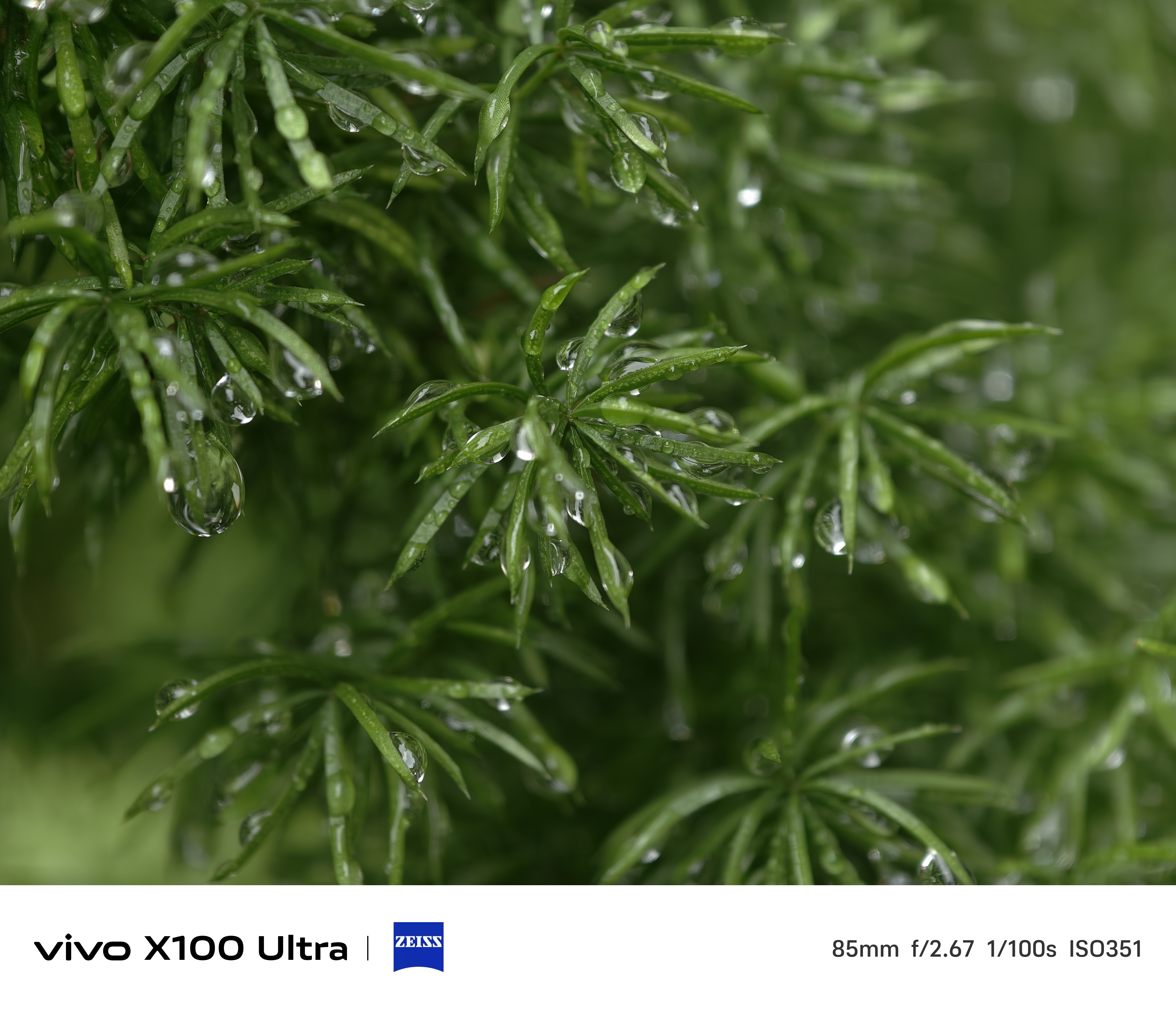
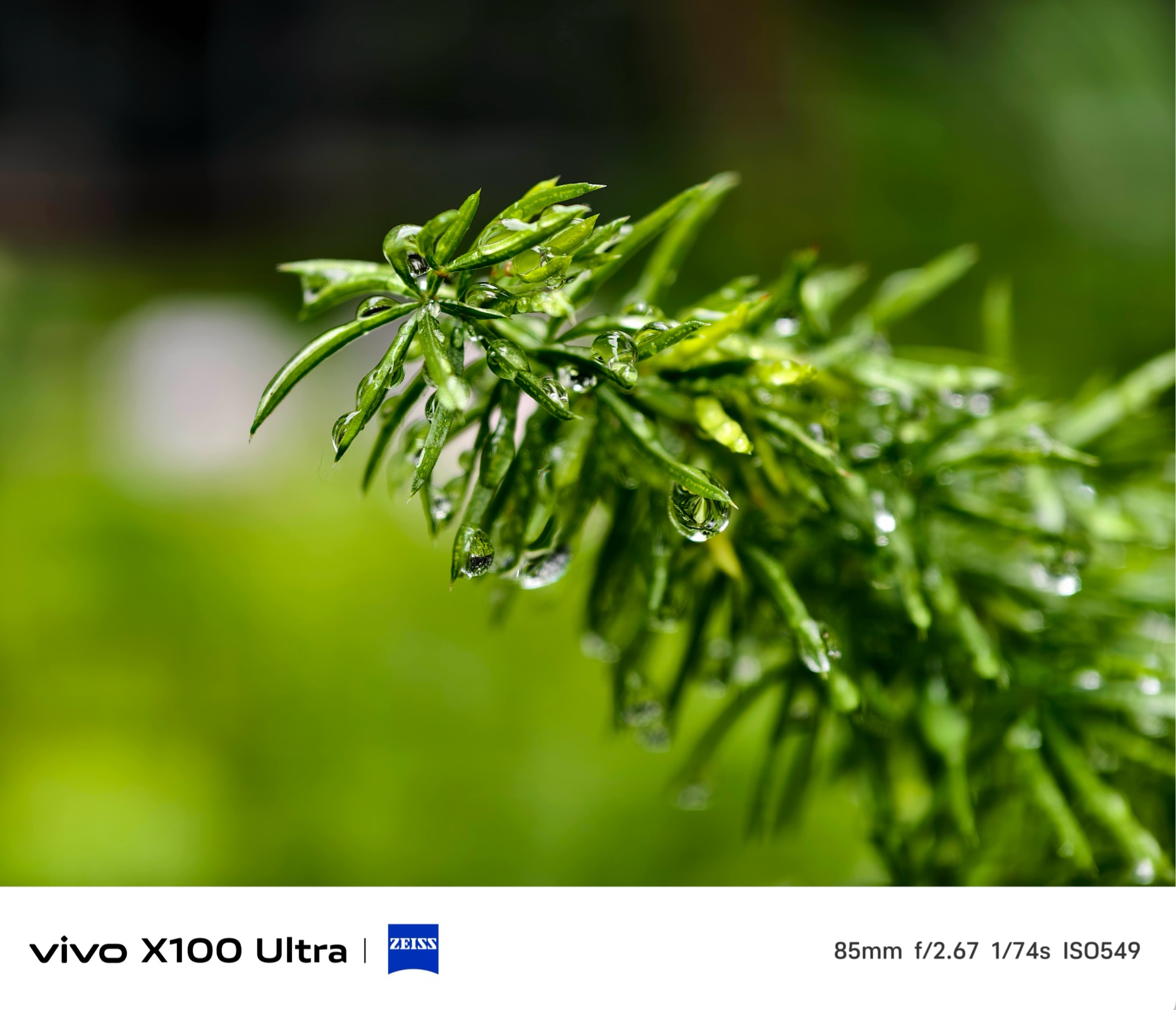
(Image source: Leitech Photography)
Overall, the imaging performance of the vivo X100 Ultra far exceeds my expectations. Although the recent weather in Guangzhou has not fully showcased its full capabilities, just a simple afternoon of playing with it reveals its powerfulness. Without a doubt, the vivo X100 Ultra is currently my top choice for an imaging flagship. If readers are interested, Leitech will also conduct a comparative review of the OPPO Find X7 Ultra, Honor Magic 6 Ultimate Edition, and Xiaomi 14 Ultra in the future.
Summary: A Flagship "Specialized" for Imaging
Advantages:
1. Unparalleled imaging performance, firmly in the first tier;
2. Sufficient flagship-level peripheral configurations;
3. Excellent build quality.
Disadvantages:
1. To accommodate the imaging capabilities, charging specifications have been reduced;
2. The issue of top-heaviness still exists.
As an imaging flagship that has gone to extremes for imaging, the vivo X100 Ultra has achieved the utmost in both hardware and software optimization. Its distinctive Humanistic Street Photography mode is also very suitable for photographers who enjoy experimenting, further distinguishing it from other imaging flagships on the market. For photography enthusiasts, the vivo X100 Ultra is undoubtedly a must-have product.
However, the emergence of the vivo X100 Ultra also reminds me of an old question: how can mobile imaging continue to develop? In an era where hardware has almost reached its peak, relying solely on larger sensors to create a gap is almost impossible. Unless phone manufacturers further reduce the focus of their phones and create a product with more imaging attributes than daily use attributes, which obviously does not meet market demand.
Therefore, in my opinion, in the future, these imaging flagships will further integrate hardware, algorithms, and AI to provide users with more imaging functions that can assist them in taking good photos. This will enable more consumers to become interested in mobile imaging and use their phones to record their daily lives.
In other words, imaging flagships will no longer focus on stacking parameters in the future but will instead start from consumers' daily needs and use their experience as the criterion for evaluation, making photography simpler and professional imaging more accessible to the general public.
Source: Leitech






